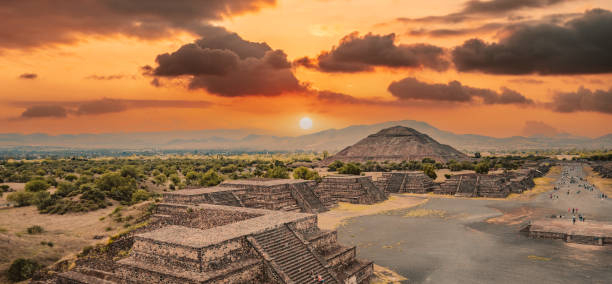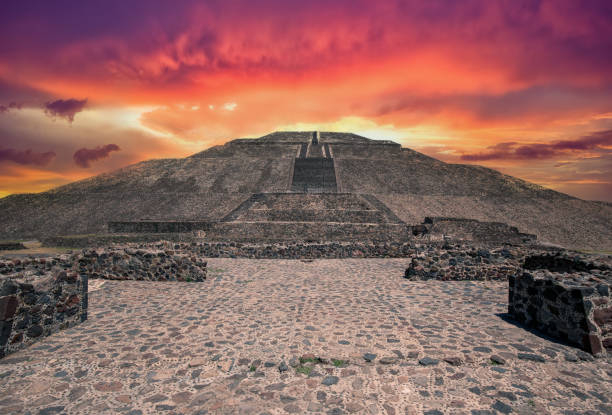Feel the monumental power of a pyramid

You will be humbled by pyramids. When you look up at Teotihuacán's Pyramid of the Sun, it's easy to feel small. It is the world's third biggest ancient pyramid, and its pinnacle brings ancient priests closer to the skies. It's no surprise that the Teotihuacán pyramids were chosen as temples for human sacrifices to the gods. The Aztecs did the same in the spectacular Templo Mayor at Tenochtitlan, modern-day Mexico City, at the center of their empire.
Other pre-Hispanic cultures, like as the ancient Mayans, built pyramids to serve as public gathering places. They buried their strong leaders within Chichén Itzá and Palenque and utilized the enormous constructions, which protruded above the forest canopy, to navigate their territory. Similarly, a Mayan pyramid sits above blue seas at Tulum and was utilized as a lighthouse. However, there is an even larger pyramid in Mexico, the world's biggest by volume. The Pirámide Tepanapa is larger than Egypt's Great Pyramid. Outside, it seems to be a grassy hill, which tricked the Spanish conquistadors and saved it from destruction. It takes around 15 minutes to stroll through the cold tunnels that span through the Pyramid of Cholula, and each tight curve makes you feel microscopic.
The ancient Teotihuacanos completed their pyramid using lime plaster obtained from nearby places, on which brightly colorful murals were painted. The pyramid has stood the test of time, but the paint and plaster have not and are no longer visible. Among the few images linked with the pyramids are jaguar heads and paws, stars, and snake rattles. It is believed that the pyramid was used to worship a god in Teotihuacan civilization. However, there is little evidence to support this notion. Prior to the archaeological examination of the site, the temple on top of the pyramid was destroyed by both purposeful and natural factors, preventing the pyramid from being associated with any single god.













